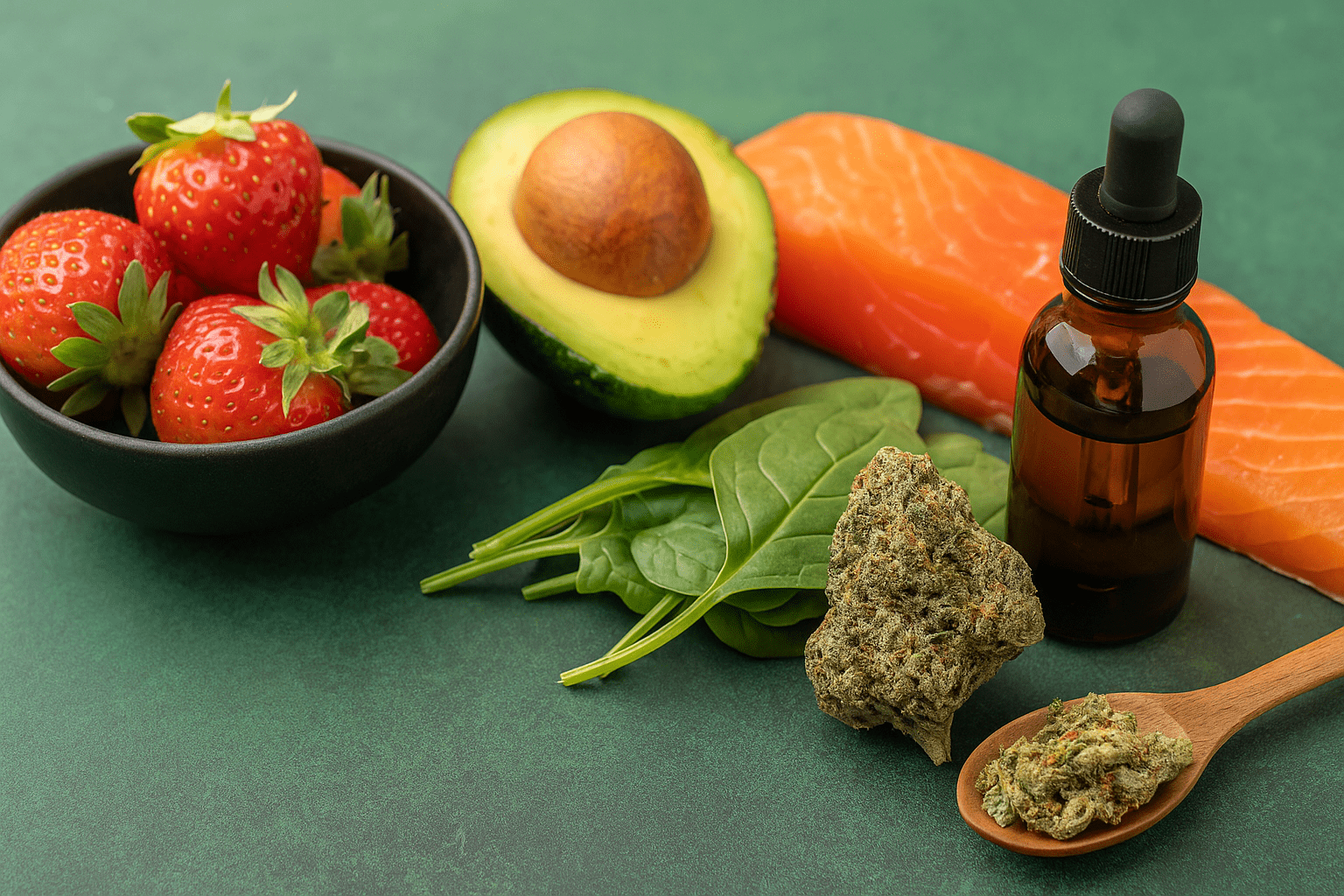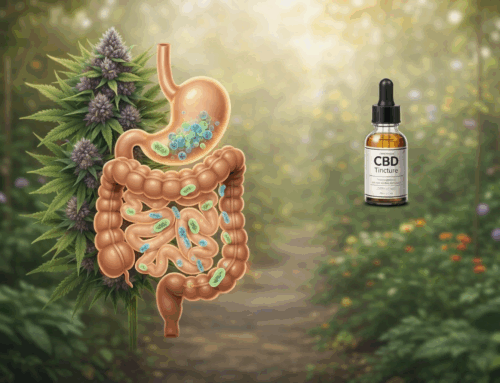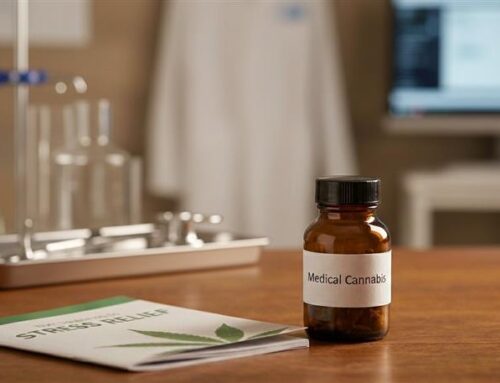The use of medical marijuana to treat different diseases is becoming more and more popular, such as rheumatism, depression, inflammation, and so forth. In recent times, many people want to understand the effects of cannabis products THC and CBD. But the impact of your diet on cannabis use is absolutely crucial. If your absorption and the precise impact your cannabinoids have depend on your diet itself, then patterns begin to emerge in cannabinoids’ effects on appetite and inflammation that may or may not be scientifically explained tomorrow.
The Role of Diet in Medical Marijuana
Nutrition helps with bodily functions, and let’s not forget about cannabinoids, THC, and CBD, which are embedded in every modern-day diet and interact with the endocannabinoid system (ECS), the system responsible for sensation, feeling, appetite, and immune system inflammation. Ingesting cannabis will have direct effects on the ECS, which will vary in response to the way dietary cannabinoids are consumed.
Culinary biochemistry has shown the way to enhanced extraction and application of THC and CBD by cannabis users through the strategic consumption of fats. Cannabis’ fat bombs’ consist of healthy fats primarily sourced from salmon, avocados, olive oil, walnuts, and selectively chosen tuna. When incorporated structural additions of lipids are efficiently supplemented with various vitamins and other essential nutrients, the medical effects of cannabis become enhanced.
How Food Impacts the Outcomes of Cannabis
Despite popular belief, the outcome of cannabis is influenced by the type of food you eat. There’s food that can boost the effectiveness of cannabis, and there’s food that can lower the effectiveness. Specific food types, when consumed in conjunction with cannabis products, can either heighten or lessen the effects that cannabis products have on an individual.
1. Absorption of cannabinoids and fats: cannabis is soluble in fats, and fat is needed to absorb it. The consumption of cannabis along with dishes that include healthy fats – olive oil or fatty fish – permits cannabinoids to be absorbed more effectively. It is understood that omega-3 fatty acids from salmon, flaxseeds, and walnuts aid in the absorption of further cannabinoids in action. Eating fats with the meal allows the body to absorb more THC, therefore CBD. Therefore, the user may achieve the therapeutic benefits of the drug.
2. Appetite enhanced: cannabis for appetite-triggered stimulant, appetite-cherishing routine. Cannabis has an alerting function through atoms. Multiple patients, especially in militarized situations such as cancer therapy or when debilitated by persistent disease, such as when in hospital beds, might benefit from uncomfortable needs at the wrong time. And for those who need to gain support in significantly more calories from overeating, there is an expression: extra. However, if it is just rapid, for those who are caring and chew medicines with little nutritional value, the relaxation activity can trigger a wild frenzy. Immediate abstinence from nutrient-dense foods such as fruits and vegetables, whole fruits, and whole grains is advised.. Especially low glycaemic index foods, all natural, whole, and unprocessed, are recommended.;
3. Balancing Caloric Intakes Given the work of Gendaszek and D psychologists, slightly weighing nutrition but heavily considering caloric value as well as active macros, cannabis users may need to work harder on the ratio of energy required to caloric value of the foods during active THC stages through a ratio on the low end of 5.5. The logic is simple. The more active the user, the higher the THC, and the more viscous the “munchies.” Lean unprocessed protein sources, whole grains, vitamins, and active fillers will contribute to the ratio without causing weight gain.
In a separate statement, one should conclude that the ratios of macronutrients balance the loss of active cannabis use. Having unprocessed foods for the majority can assist in bringing the ratios down to 2.5, thus eliminating active cannabis block calories. This will not only help in weight maintenance but also embrace the therapeutic benefits.
4. The Effects of THC and CBD on Depression and Anxiety Evidence from clinical literature has indicated that cannabis can bring some benefits to people who suffer from anxiety and depression, with the involvement of both THC and CBD in the mood-regulating processes. THC has been considered to be the primary intoxicating compound in cannabis that some persons may use with the motivation of experiencing a high euphoric relaxation state. CBD, on the contrary, is calming and devoid of intoxicating effects, which might, in fact, exacerbate panic and anxiety levels in the sufferer.
Among the benefits of cannabis use, a diet that includes a combination of THC and other mood elevators may also contribute to lowering anxiety levels. Brain and mental health supportive foods, like some leafy fruits, nuts, and berries, are used to structure a diet essentially aiming to curb anxiety and depression with the use of cannabis. Users may realize that the combination of cannabis with a nutritious diet enhances the emotional equilibrium and alleviates anxiety from THC side effects.
Side Effects of Cannabis and How Diet Can Help
Some people are helped by cannabis, but not everyone. There can be some benefits for regular users. Still, unwanted effects such as dry mouth, dizziness, and changes in heart rate can also occur. These difficulties can often be reduced with a good diet. Dry mouth-often called Cannabis-Induced Amotivation Syndrome (CIAS)-is common. This symptom can be mitigated by drinking more water and eating foods with higher water content, such as cucumbers, oranges, or watermelon. Eating nutritious foods also reduces feelings of weakness. A balanced diet is crucial for the support of your body. Ever thought you might smoke an item and add to it? Not all plants are equal in height. However, it is cancer that bears the whole fruit¦of all illicit aflatoxins.
The Use of Diet and Its Impacts on Cannabis Use Have Long-Term Effects
The effect that eating healthy has on processing cannabis has physiological ramifications in the short term and long term. Neglecting one’s diet while regularly eating cannabis can result in a cannabis consumer’s ECS becoming less responsive. Moreover, a diet that is both abundant and rich in supporting constituents can enhance the cannabis experience.
In fact, this effect of chronic use of cannabis shows up even more prominently. If you eat more omega-3 fatty acids, antioxidants, and other beneficial vitamins, you can help protect the ECS’s functionality. This, in turn, will give the user of cannabis smoother, more pleasant experiences of longer lengths. Along with this, a healthy diet can shield users from long-term cannabis drawbacks, such as–but not limited to–that all too common an experience, chronic overeating and malnutrition.
Conclusion
The relationship between substance use and usage is that eating plays a massive role in your diet while consuming a substance. Moreover, compounding with cannabis users, certain foods will undoubtedly increase the efficacy of THC or CBD, serve as an Addendum to the endocannabinoid system and, lastly, neutralize some of the harmful effects of cannabis use for… including and eating Healthy fat, performing proper caloric distribution, and ingesting Brain foods: de-risk the health impacts of consumption while retaining the benefits that make consumption use efficient. Conscious eating habits associated with cannabis use will help users ensure maximum efficiency from their medical marijuana, as well as ensure good health and well-being for its users.





